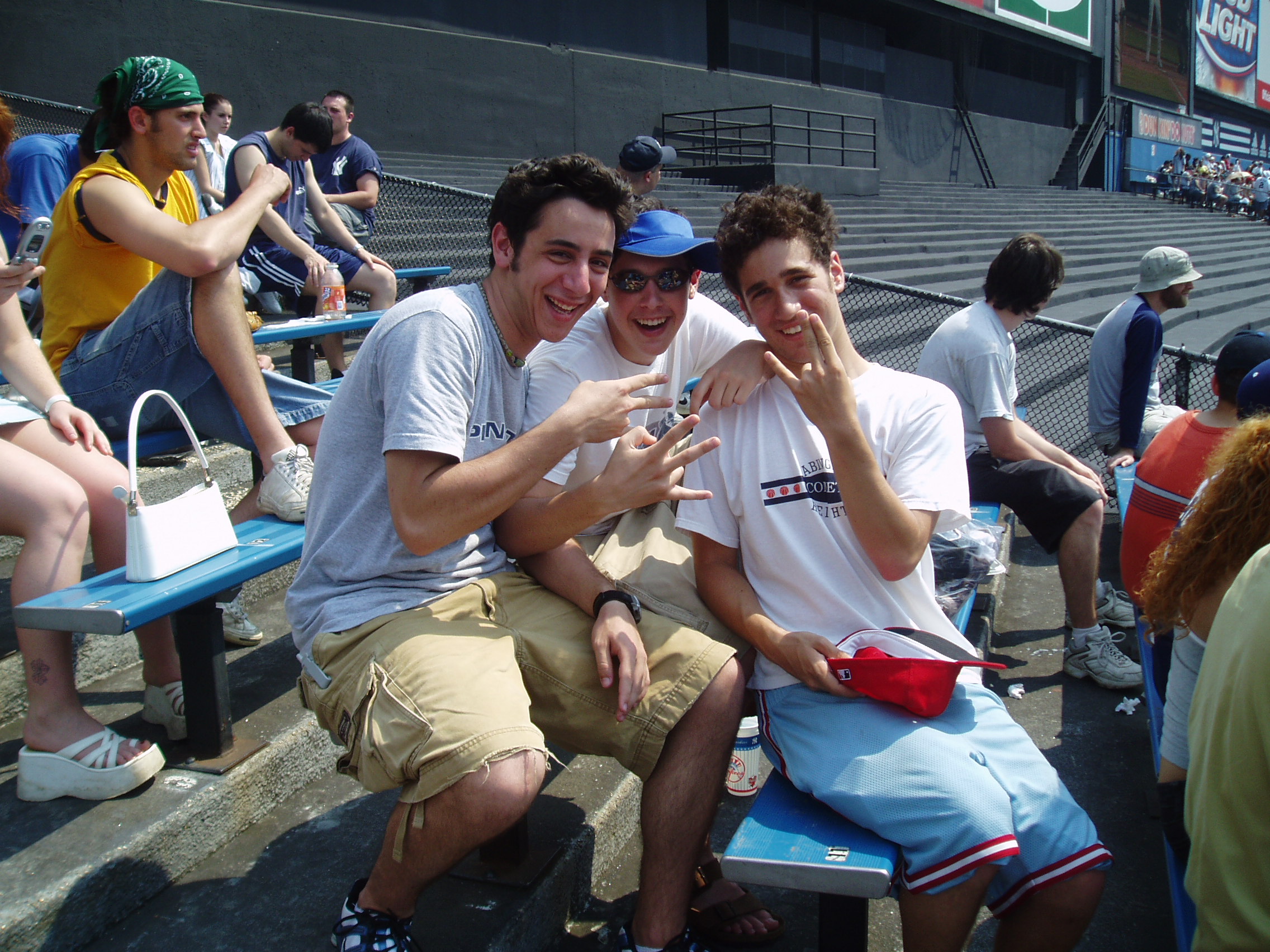 | |||||||||||
|
|||||||||||
| Senior Experience (Ball Parks) | ||||||||||||||||
| Yankee Stadium | ||||||||||||||||
  Tenant: New York Yankees (AL) Yankee Stadium has a very unique flavor of its own. Being the 3rd oldest ballpark in the major league, it doesn't have much of the modern-day 21st century architecture. Ironically, all of the new stadiums that are being constructed in a retro-style, mimicking stadiums like Yankee Stadium, Fenway Park, and Wrigley Field. One aspect that makes Yankee Stadium unique is left-center-field. Left-center-field in Yankee Stadium is known as "Death Valley", because it is very hard for right-handed hitters to hit homeruns over the 399ft. fence. Yankee Stadium's architectural design has changed since it has opened in 1923. From 1973-1976 there was a complete renovation which forced a move to Shea Stadium to play their home games. Yankee Stadium is also known as "The House that Ruth Build", because of his revolutionizing gameplay. Quick Facts: ü Bleachers in right-center often called Ruthville and Gehrigville. ü Minor modifications were made in the winter of 1966-1967. During this work, a new 463 sign and a 433 sign appeared in the power alleys, and the exterior was painted blue and white. ü During the 1974-1975 renovation, the distinctive iron third-deck facade was removed and a portion was placed in the bleachers. ü A 500 pound steel joint fell from the upper deck in April 1998 prompting the Yankees to play a home game at Shea Stadium and trade three home games with the Detroit Tigers. |
||||||||||||||||
 |
||||||||||||||||
|
|
|||||||||||||||
 |
||||||||||||||||


